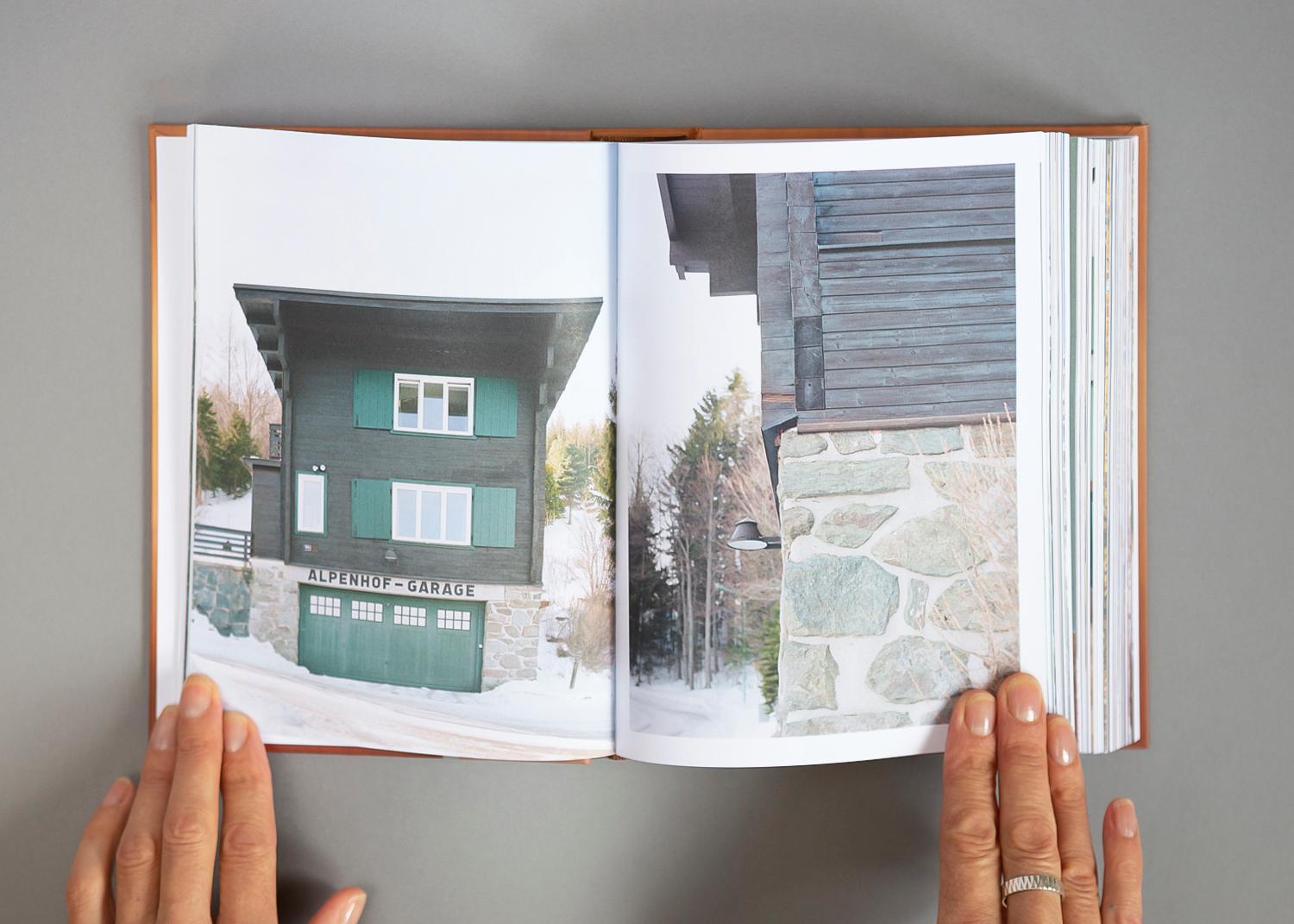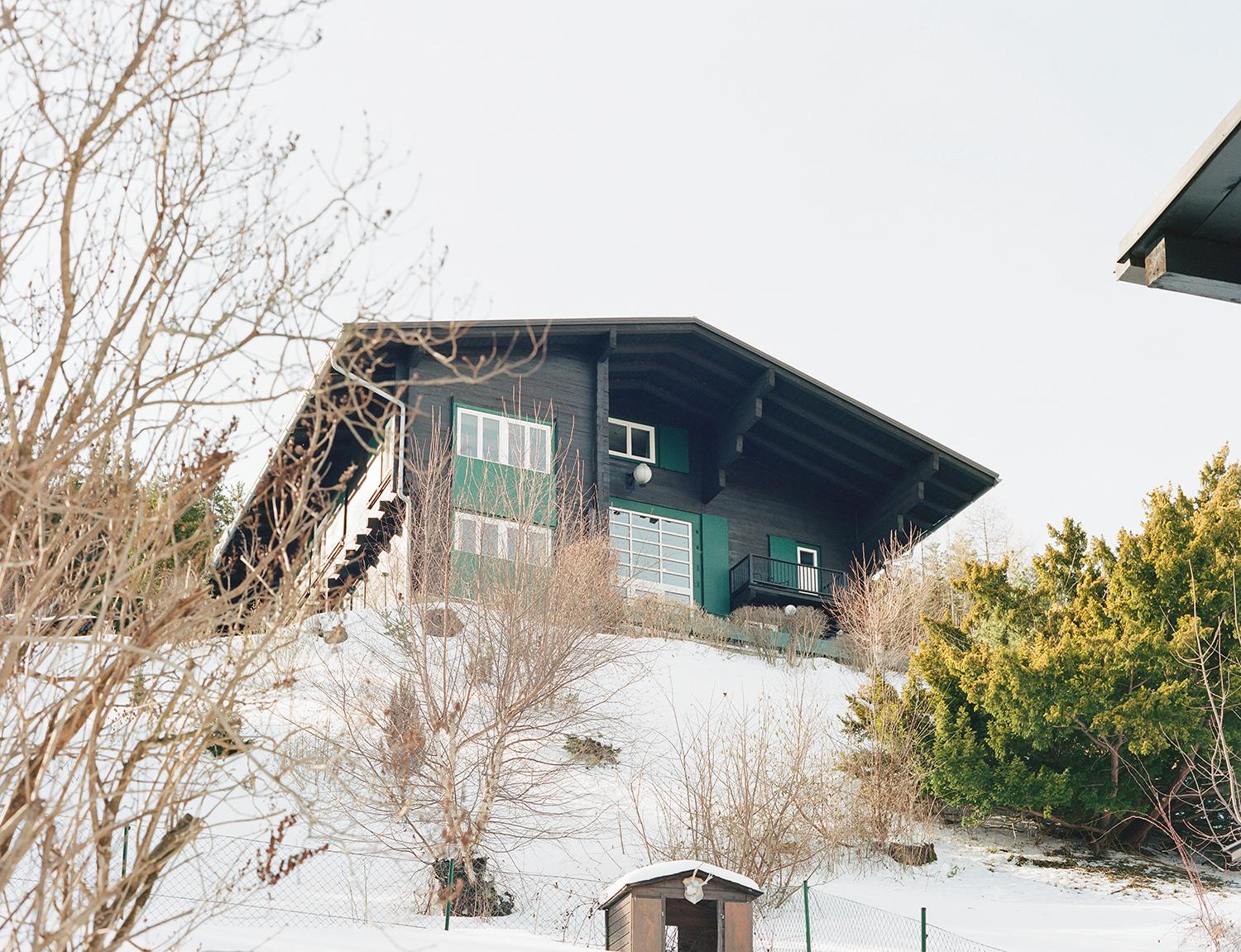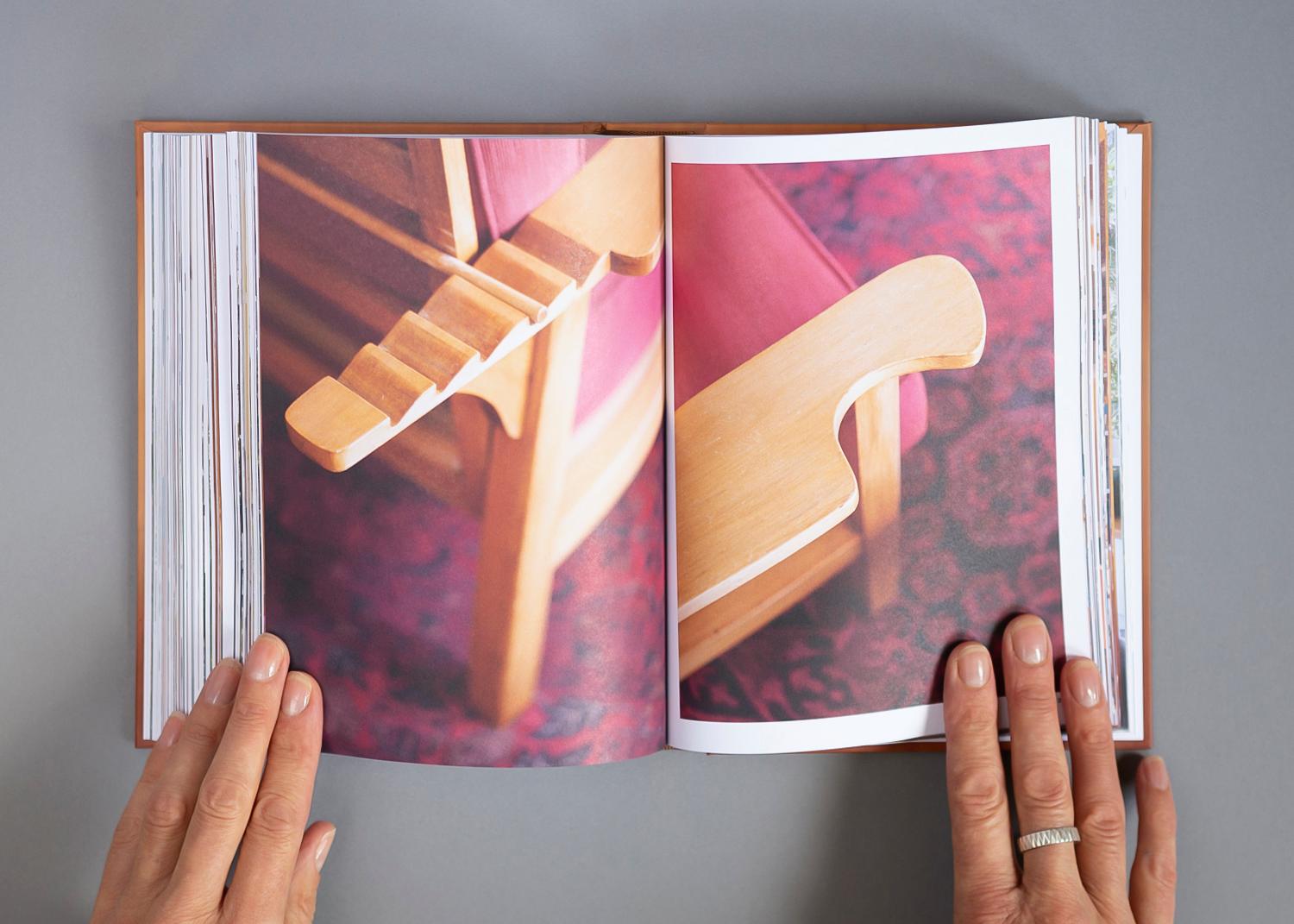Pioneering modernist Henry Kulka's life and career tracked in limited-edition monograph
Czech-New Zealand architect Henry Kulka, a man who spread modernist ideals halfway around the world, is celebrated in Giles Reid and Mary Gaudin’s richly illustrated monograph

The story of Henry Kulka unfolds in the 1930s and 1940s, when a global diaspora of architectural talent spread out from Europe across the world, taking with it the ethos and aspirations of socially motivated modernism. While the impact of these architectural émigrés on the culture of the UK and the USA is well documented, many went further afield and are far less familiar. A new monograph is the go-to architecture book for Kulka's journey.

Henry Kulka, by Giles Reid and Mary Gaudin

Khuner House, 1929, by Henry Kulka with Adolf Loos
The life and work of architect Henry Kulka
The Moravian-born Jewish architect worked alongside one of the titans of proto-modernist thought, Adolf Loos, eventually becoming his practice partner and collaborator. Kulka was one of the driving forces in Loos’ practice, along with his wife, who was the practice manager.

Halberstam House, Henry Kulka
As well as working on the Raumplan Villa for the dancer Josephine Baker, he was almost wholly responsible for the design of the 1929 Khuner house in Austria. Loos died in 1933 and after a few more significant works like the 1934 Villa Kantor, Kulka eventually had to flee persecution in the late 1930s.

Khuner House, 1929, by Henry Kulka with Adolf Loos
He eventually ended up in New Zealand, where he began a new chapter, adapting his rigorous architecture to the local climate and conditions. Kulka’s craftsmanship is evident in all his works. He was especially focused on wooden interiors and furniture, with built-in cabinetry and panelling, giving a unified interior composition for every room.

Halberstam House by Henry Kulka
With images by Mary Gaudin, a New Zealand photographer living in France, and words by Giles Reid, a New Zealand architect living in England, Henry Kulka builds up a vivid picture of a methodical and rigorous architect who nonetheless imbued his work with warmth and richness. Kulka died in 1971 and, remarkably, Gaudin and Reid’s 400-page monograph is the first book to be devoted to his work.

Penrose House, Henry Kulka
Henry Kulka, Giles Reid & Mary Gaudin, €52
Wallpaper* Newsletter
Receive our daily digest of inspiration, escapism and design stories from around the world direct to your inbox.
Jonathan Bell has written for Wallpaper* magazine since 1999, covering everything from architecture and transport design to books, tech and graphic design. He is now the magazine’s Transport and Technology Editor. Jonathan has written and edited 15 books, including Concept Car Design, 21st Century House, and The New Modern House. He is also the host of Wallpaper’s first podcast.
-
 Titanium watches are strong, light and enduring: here are some of the best
Titanium watches are strong, light and enduring: here are some of the bestBrands including Bremont, Christopher Ward and Grand Seiko are exploring the possibilities of titanium watches
By Chris Hall
-
 Warp Records announces its first event in over a decade at the Barbican
Warp Records announces its first event in over a decade at the Barbican‘A Warp Happening,' landing 14 June, is guaranteed to be an epic day out
By Tianna Williams
-
 Cure your ‘beauty burnout’ with Kindred Black’s artisanal glassware
Cure your ‘beauty burnout’ with Kindred Black’s artisanal glasswareDoes a cure for ‘beauty burnout’ lie in bespoke design? The founders of Kindred Black think so. Here, they talk Wallpaper* through the brand’s latest made-to-order venture
By India Birgitta Jarvis
-
 Ten contemporary homes that are pushing the boundaries of architecture
Ten contemporary homes that are pushing the boundaries of architectureA new book detailing 59 visually intriguing and technologically impressive contemporary houses shines a light on how architecture is evolving
By Anna Solomon
-
 Take a deep dive into The Palm Springs School ahead of the region’s Modernism Week
Take a deep dive into The Palm Springs School ahead of the region’s Modernism WeekNew book ‘The Palm Springs School: Desert Modernism 1934-1975’ is the ultimate guide to exploring the midcentury gems of California, during Palm Springs Modernism Week 2025 and beyond
By Ellie Stathaki
-
 Meet Minnette de Silva, the trailblazing Sri Lankan modernist architect
Meet Minnette de Silva, the trailblazing Sri Lankan modernist architectSri Lankan architect Minnette de Silva is celebrated in a new book by author Anooradha Iyer Siddiq, who looks into the modernist's work at the intersection of ecology, heritage and craftsmanship
By Léa Teuscher
-
 'Tropicality' explored in Indonesian architect Andra Matin’s first monograph
'Tropicality' explored in Indonesian architect Andra Matin’s first monograph'Tropicality' is a key theme in a new book on Indonesian architect Andra Matin, whose work blends landscape, architecture and living
By Harriet Thorpe
-
 ‘A Time ⋅ A Place’ is a lovingly compiled photographic portrait of cars and architecture
‘A Time ⋅ A Place’ is a lovingly compiled photographic portrait of cars and architecture‘A Time ⋅ A Place’ is a celebration of the European Car of the Year and changing perceptions of modern design, pairing the best buildings of the age with their automotive contemporaries
By Jonathan Bell
-
 Álvaro Siza’s new monograph through the lens of Duccio Malagamba is impactful and immersive
Álvaro Siza’s new monograph through the lens of Duccio Malagamba is impactful and immersiveÁlvaro Siza and photographer Duccio Malagamba collaborate on a new monograph by Phaidon; ‘Before / After: Álvaro Siza Duccio Malagamba’ celebrates the Portuguese architect's work
By Michael Webb
-
 Marcio Kogan’s Studio MK27 celebrated in this new monograph from Rizzoli
Marcio Kogan’s Studio MK27 celebrated in this new monograph from Rizzoli‘The Architecture of Studio MK27. Lights, camera, action’ is a richly illustrated journey through the evolution of this famed Brazilian architecture studio
By Jonathan Bell
-
 ‘Interior sculptor’ Christophe Gevers’ oeuvre is celebrated in new book
‘Interior sculptor’ Christophe Gevers’ oeuvre is celebrated in new book‘Christophe Gevers’ is a sleek monograph dedicated to the Belgian's life work as an interior architect, designer, sculptor and inventor, with unseen photography by Jean-Pierre Gabriel
By Tianna Williams